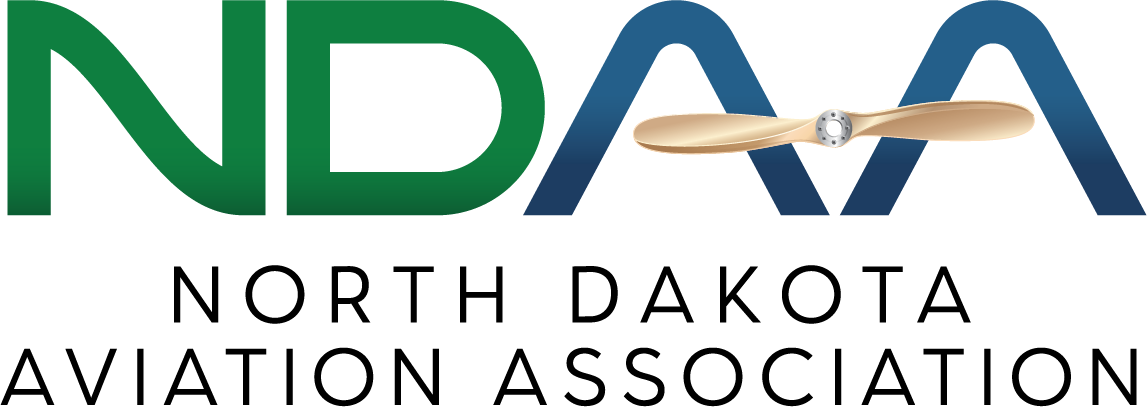
We are excited to bring to you Richard VanGrunsven, Founder, Van's Aircraft, as this year’s keynote for our conference. Register today so you don’t miss his session!
(Free for NDAA members / $25 membership fee).
Richard VanGrunsven was raised on small family farm in western Oregon near Verboort, Oregon. His father, who had flown briefly in the mid-1930s, passed on an interest in aviation on to several of his 8 children. So, when Richard – now called Dick or “Van” -- and his older brother Jerry learned to fly, the family leveled a 670’ grass strip on the only flat acreage on their small farm. Throughout high school and college years the boys flew a Cub, and later a Taylorcraft from this tiny runway. Van’s flying included frequent flights to visit the few homebuilders of the era. Often his destination would be one of the noteworthy pioneers of experimental aviation, George Bogardus and Hobie Sorrell. Both had private airstrips that enabled Van to visit regularly.
After gaining ratings up through CFI and finishing college with a degree in engineering, he joined the Air Force for a three-year tour. A slight color vision problem prevented his acceptance in the pilot training program. He remained active in flying, becoming a key figure in the base flying club, and owning and rebuilding two single seat homebuilts.
The first was a rather sad performing 65 hp Stits Playboy which Van flew for a year and sold. During that time, he purchased another Playboy airframe and rebuilt it, installing a 125 hp Lycoming engine, bubble canopy, and Hoerner style wingtips. This flew much better, but still had a high landing speed, high sink rate, and only moderately good cruise speed.
Within a year of returning to civilian life he had designed, built and installed a set of cantilever aluminum wings to replace the strut-braced wood and fabric originals. The Playboy flew like a new airplane. Van, following aviation tradition, used his initials and renamed it the RV-1. Over a 3-year period, Van flew the RV-1 for 550 hours and enjoyed its performance immensely, but still, he was aware that it was a hybrid and felt something better was possible. Van figured that an airplane should be able to fly into any reasonable airstrip, have enough power and maneuverability for good basic aerobatics, and be as fast as possible. This may not seem to be a particularly inspired goal, but just consider for a minute how few airplanes actually achieve it. He reluctantly sold the RV-1 (now in the EAA Museum) and began design and construction of the RV-3. It flew for the first time in August 1971. It proved to be a delightful airplane, an improvement in every way over the RV-1. Even with its 195-mph top speed, it could operate from the short farm airstrip.
In January 1973, Van began marketing plans and parts for the RV-3. That same year Van became a family man with his marriage to Diane, and by the end of that decade their three children were added to the family. After several years of moderate success, Van recognized a growing demand for a two-seat plane. By 1979 he had found enough spare time to develop the tandem seat RV-4, and Van’s Aircraft’s fortunes rose. Subsequent designs – the RV-6/6A, RV-7/7A, RV-8/8A, RV-9/9A, RV-10, the Light Sport RV-12 and now the RV-14 – became the most popular line of kit-built aircraft in the world. His reputation for honesty and straight talk has gained him the respect of both his competitors and compatriots in the aviation world. That position has made him a powerful spokesman for aviation safety, reasonable regulation and responsible flying.
In 2021, Van continues to lead the company he founded – if not through daily hands-on management, through the business philosophy he has instilled. Van’s Aircraft is indisputably the most successful business of its kind. Weather permitting, Van commutes to his desk in the engineering office (no private office, no executive washroom, no reserved parking spot), from his 30-mile distant airstrip home, usually in an RV. Well, not every day…when the soaring conditions are good, he pulls out his electrically powered Antares self-launching sailplane and further engages his passion for flight.
.jpg)
